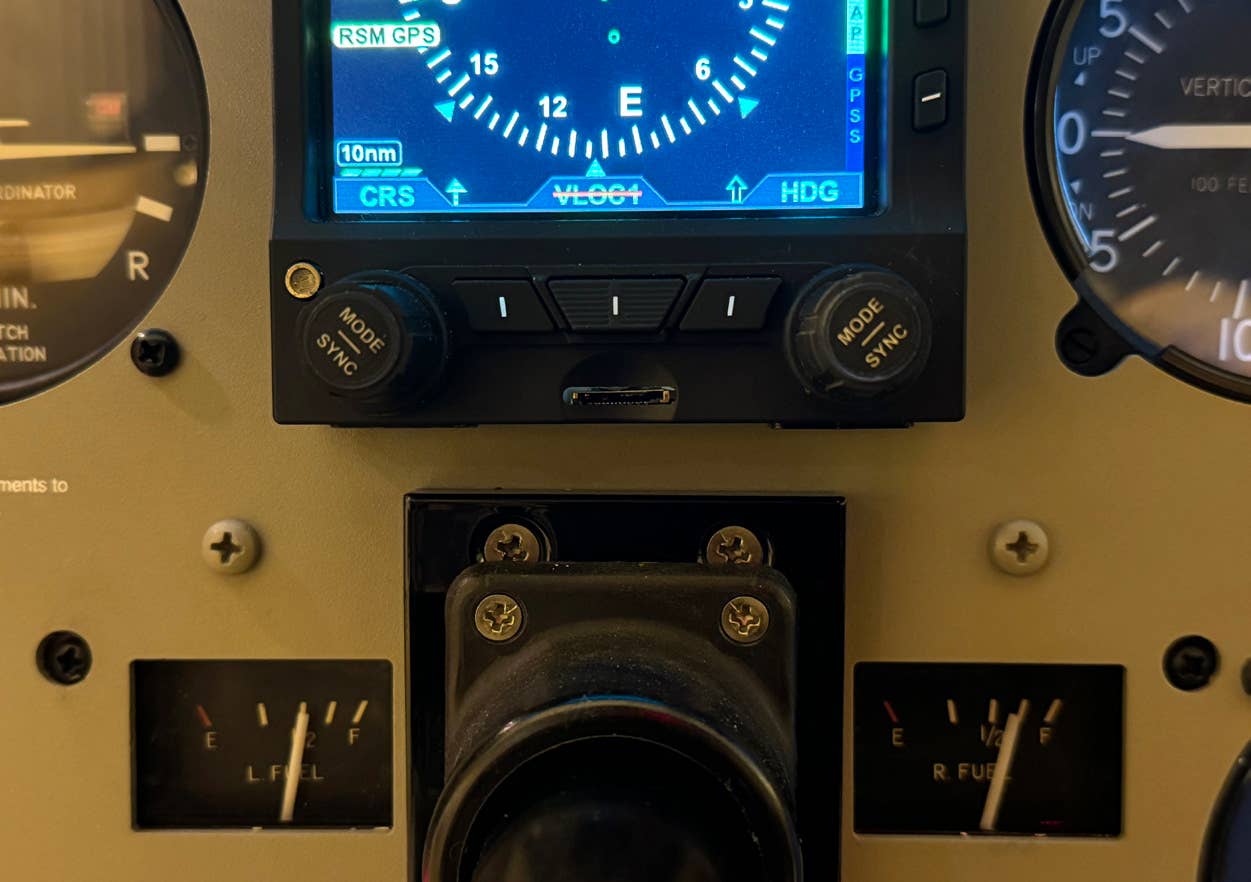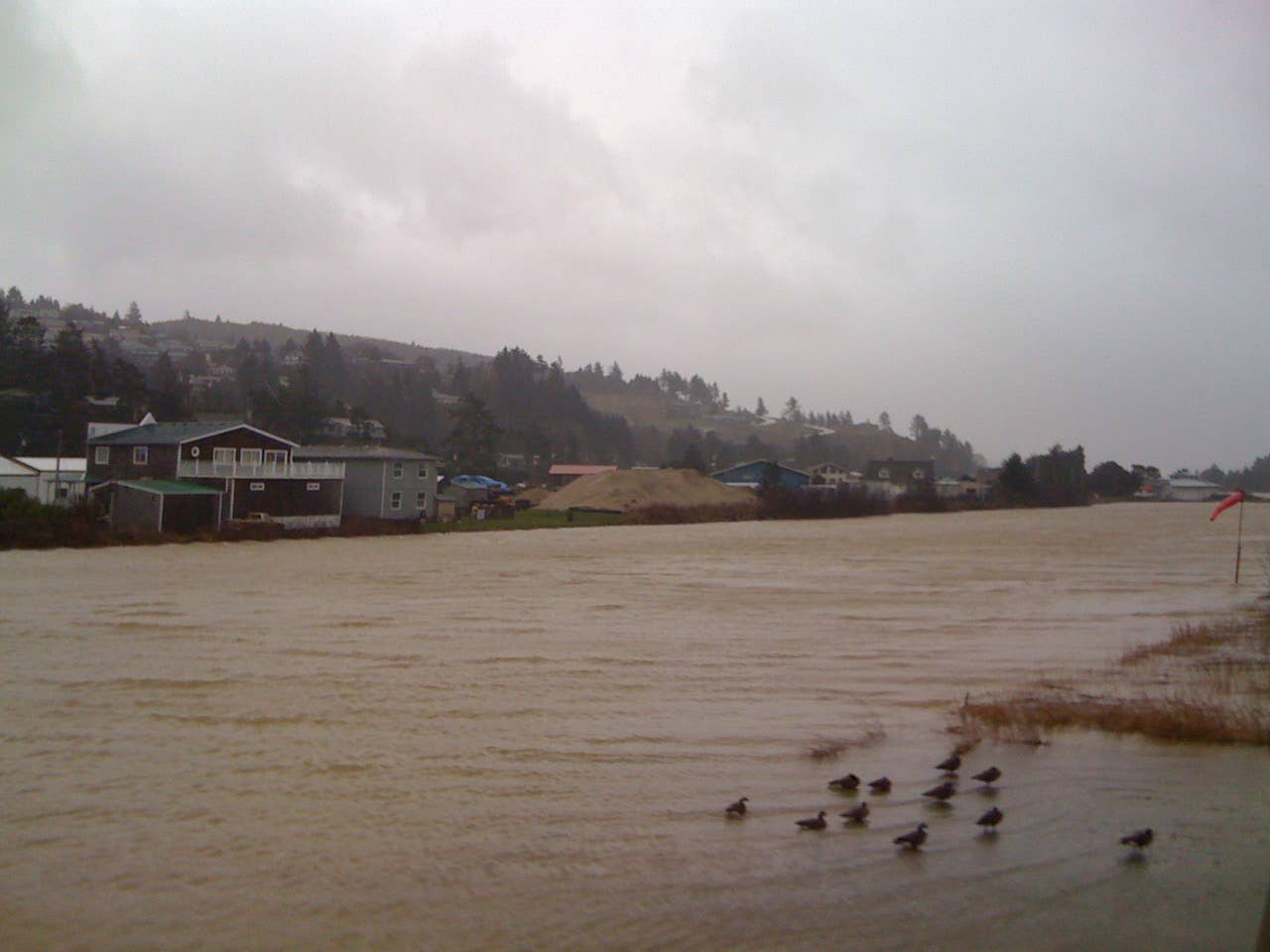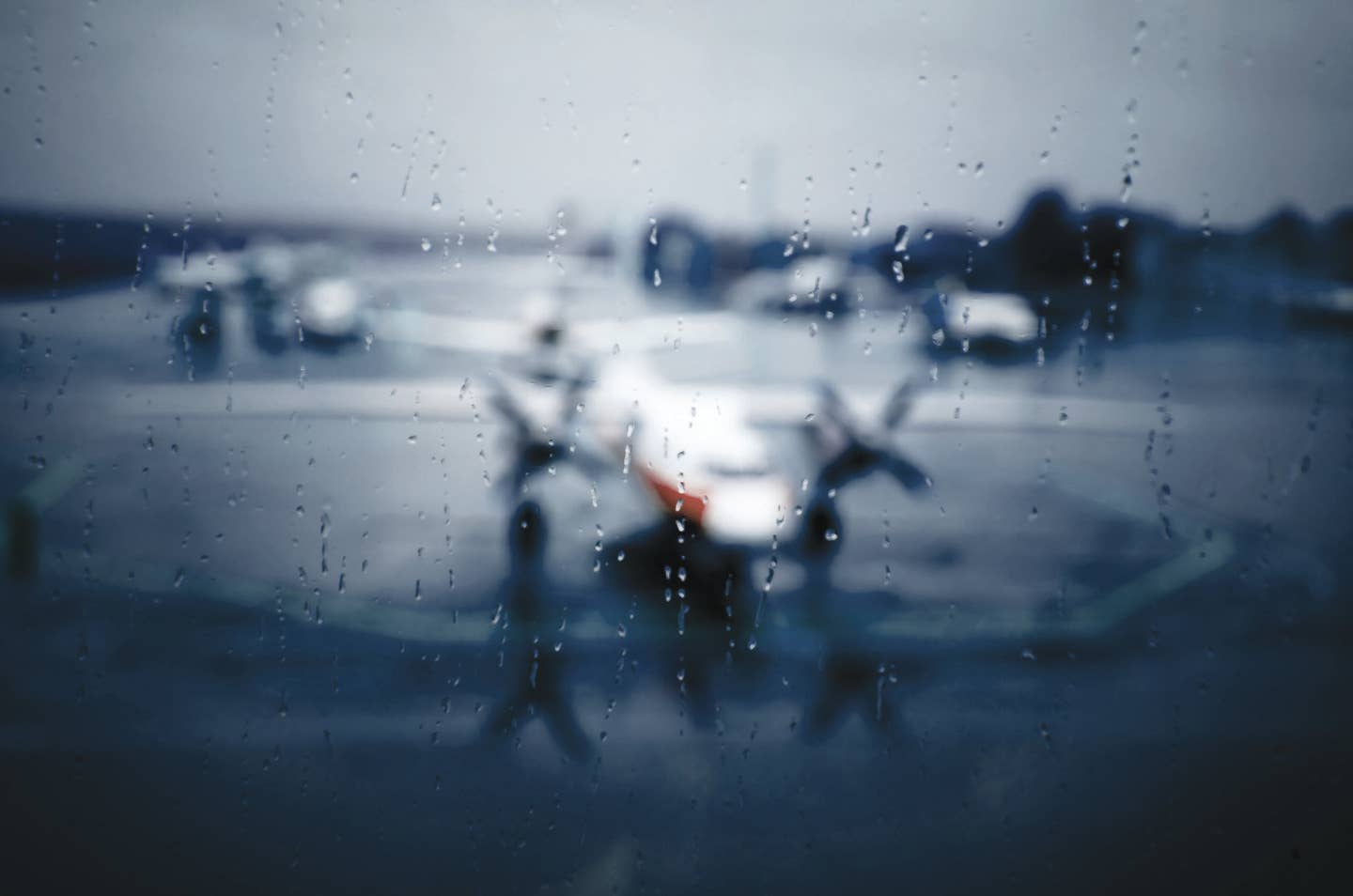
Zaon Flight Systems PCAS MRX collision
avoidance system
When deciding which avionics to add to your airplane, plenty of great products are within reach—even if you can't afford to buy everything you want.
If your goal is to reduce the chances of your tail number appearing in the NTSB's accident database, the good news is you’ll need only four key avionics technologies to avoid the vast majority of safety “gotchas.”
The fantastic news is you can purchase them all for under $2,000.
First, let’s run through the basic list of avionics extras (i.e. beyond what the FAA says you must carry) that most pilots shouldn’t leave the hangar without. They include a handheld or panel-mounted GPS receiver with moving map display (pretty much goes without saying these days); a terrain and obstacle advisory system (not necessarily a certified TAWS); a traffic advisory system; and a satellite datalink weather receiver. That’s it. Equipped with these four core technologies—and knowing how to use them—you can avoid making the same mistakes or running into the same bad “luck” as countless pilots before you (many of them highly trained professionals with tens of thousands of hours of flying experience).
Now, if you fly only when the skies are clear and the visibility is unlimited and never stray far from your home airport, you can probably disregard this list since all you really need are a set of basic cockpit instruments and the good sense to avoid running into anything or anybody. But for the typical general aviation pilot who flies farther afield, perhaps IFR or occasionally at night (although not necessarily), these four technologies should be on your personal minimum equipment list.
They won’t prevent every mishap, of course, but you don't need to dig very deep into the NTSB archives to find dozens of examples of how they could have saved lives. Let’s take a look at a couple.
On Christmas Eve 1996 a Learjet 35A disappeared while maneuvering on an instrument approach to Lebannon, N.H.—and remained missing for almost three years despite the biggest search effort in state history. The landmark crash prompted Congress to require installation of emergency locator transmitters in business jets. The irony here is that an ELT only lets the search team find the smoking hole; what these guys needed was a way to avoid making one in the first place.
The wind at the airport at the time of the crash was 190 degrees at 5 knots. The wind at 6,000 feet, however, was blowing from the southwest in excess of 40 knots. The Learjet crew reported to ATC that they weren't receiving the ILS localizer—they assumed it was out of service, not realizing that the strong winds had blown them more than five miles off course. While maneuvering for the VOR approach—outside of radar coverage and being blown even farther from where they thought they should be—the pilots descended into a mountain at 2,300 feet.
The NTSB blamed the crash on the crew’s loss of situational awareness, their failure to use additional available navigational aids to determine their position and their failure to account for the strong winds at altitude. Now, you can fault these pilots for doing a lot of things wrong, but had they been flying with even a basic portable VFR GPS receiver with a moving map, they would have realized their error immediately. If this GPS receiver also included a database of terrain and obstacles (as most these days do) they would have seen the offending mountains changing red on the display. And if their handheld GPS receiver also had an integrated XM satellite weather receiver, they could have called up the winds aloft when they were still miles from the destination. Any of these technologies might have prevented the crash—all three working in concert almost certainly would have.
You might be thinking that since you never fly in bad weather in the mountains the scenario above doesn’t apply to you. Fair enough. So let’s look at another case that might be more typical for the average weekend flyer.
On a sunny day in April 2000, the 4,300-hour pilot of a Bayflite medevac helicopter collided with a 650-foot radio transmission tower in St. Petersburg, Fla., killing himself, a flight nurse and a paramedic. The pilot was familiar with the route, he knew of the tower's existence and, given the time of day and excellent visibility, he should have spotted it easily. Instead, cruising at 500 feet, he plowed straight into it.
An approved terrain awareness and warning system would have provided an aural alert in the pilot’s headset, but again even a basic GPS receiver capable of showing the tower on its moving map might have been sufficient to avoid this accident. (It’s amazing how a tower that’s difficult to spot against the horizon, even on a clear day, can immediately jump out at you on an LCD moving map during your normal instrument scan.)
I'm sure you can think of other examples where the four safety technologies listed above could have averted disaster. The crash of a Hendricks Motorsports King Air 200 on approach to Martinsville, Va., in 2004 likely would have been avoided using a basic moving map and/or terrain advisory system (the FAA didn't begin requiring TAWS installations in turbine-powered airplanes until 2005); legendary test pilot Scott Crossfield might not have flown into violent thunderstorms over Georgia in April 2006 had his Cessna 210 been equipped with a satellite weather receiver. And the August 2009 midair collision of a sightseeing helicopter and Piper Lance over the Hudson River possiby wouldn't have occurred had either aircraft been equipped with a traffic advisory system (both aircraft carried mode S transponders).
The NTSB, by the way, is now recommending that all sightseeing helicopters be equipped with collision avoidance technology. That's a great idea. If you’ve never flown with TAS, TIS or TCAS, you might be shocked to learn how much traffic is out there that you simply never see, even when you’re performing a proper and diligent traffic scan. It should go without saying that traffic-sensing technology, no matter how sophisticated, ought never be a substitute for keeping your head on a swivel and your eyes outside the cockpit—nevertheless, the NTSB statistics paint a grim picture.
Again, these technologies won’t prevent every accident, but they will provide an added margin of safety should you make the same mistakes or encounter similar in-flight scenarios—or simply run out of luck—as has happened to many an unfortunate pilot before you.
And as I mentioned, you can have all of this capability for less than two thousand bucks—$1,738 to be exact. That's the price of a Garmin Aera 510 portable navigator with included terrain/obstacle database and built-in XM weather receiver ($1,299) and a PCAS MRX collision avoidance system from Zaon Flight Systems ($439). Throw in an XM WX datalink weather subscription for $34.99 a month and you'll have better situational awareness tools at your disposal than the crews of many airliners and business jets.

Sign-up for newsletters & special offers!
Get the latest FLYING stories & special offers delivered directly to your inbox






